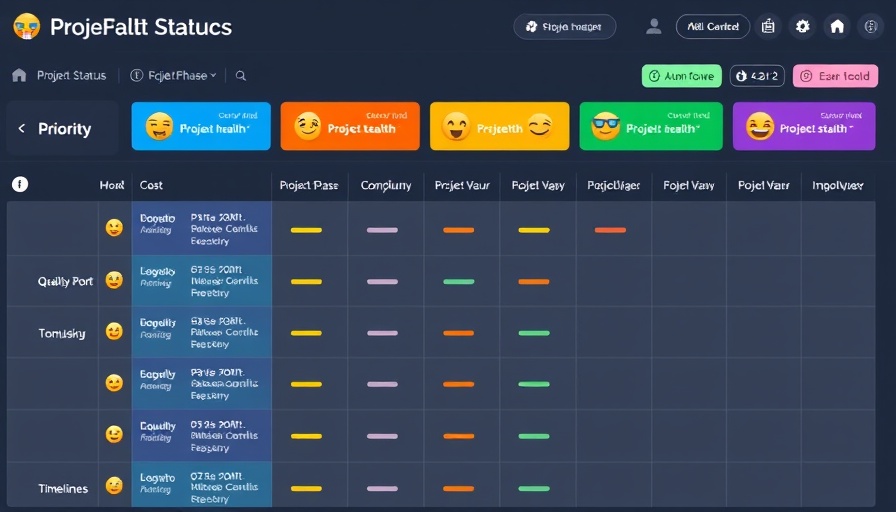
How Foot Locker Turns Data Into Action
Foot Locker has achieved a remarkable turnaround by enhancing its loyalty marketing strategies, significantly boosting the company's retail performance. In the fourth quarter of 2024, 50% of the brand's sales came from loyalty program members, a notable leap from just 20% the previous year. This change is a testament to the importance of understanding customer insights and translating them into actionable marketing tactics.
The Power of Feedback and Insights
A critical part of Foot Locker's growth has been the establishment of a feedback portal that allows team members to share insights directly. This strategy not only makes teams feel included in the decision-making process but enriches the brand's marketing strategies. Foot Locker’s Chief Marketing Officer, Waldmann, emphasizes the necessity of asking deeper questions about the data. It’s about fostering discussions that go beyond quantitative figures, as qualitative insights about consumer behaviors and preferences can also serve as vital data points.
Spotlighting the Women’s Market
Recognizing underserved demographics is key to customer acquisition strategies, and Foot Locker did just that by amplifying its focus on women shoppers. With tailored marketing campaigns and physical store adjustments—such as increasing shelf space for women’s sneakers—the company has made strides in this previously overlooked segment. This pivot has paid off, with the women's category emerging as the fastest-growing area in Foot Locker’s portfolio, showcasing the crucial importance of gender-inclusive marketing.
Gen Z: The New Frontier in Sneaker Culture
Embracing new generational preferences is paramount for sustained growth, especially when addressing Gen Z consumers, who make up a significant part of Foot Locker’s customer base. Unlike previous generations, Gen Z prioritizes self-expression over mere ownership of limited-edition sneakers. To cater to this need, Foot Locker has diversified its offerings to include customizable shoes and accessories, allowing consumers to express their individuality through their footwear. This alignment with the values of younger shoppers illustrates how adaptive marketing can enhance customer loyalty.
The Future of Foot Locker’s Growth Strategy
Foot Locker's strategic initiatives aim not only for near-term growth but also for long-lasting customer relationships. The Lace Up Plan, introduced in 2023, is designed around four core pillars, including expanding sneaker culture, diversifying the brand's real estate, and elevating the digital shopping experience to parallel in-store offerings. As the brand continues to deepen relationships with customers through engagement and personalized marketing, it effectively positions itself for long-term success in an evolving retail landscape.
In conclusion, Foot Locker serves as a compelling case study in loyalty marketing. Business owners looking to enhance their customer acquisition strategies can glean valuable insights from Foot Locker’s approach to data utilization, demographic targeting, and emotional engagement with Gen Z consumers. Consider how these themes can apply to your business operations and customer strategies.
 Add Row
Add Row  Add
Add 



Write A Comment